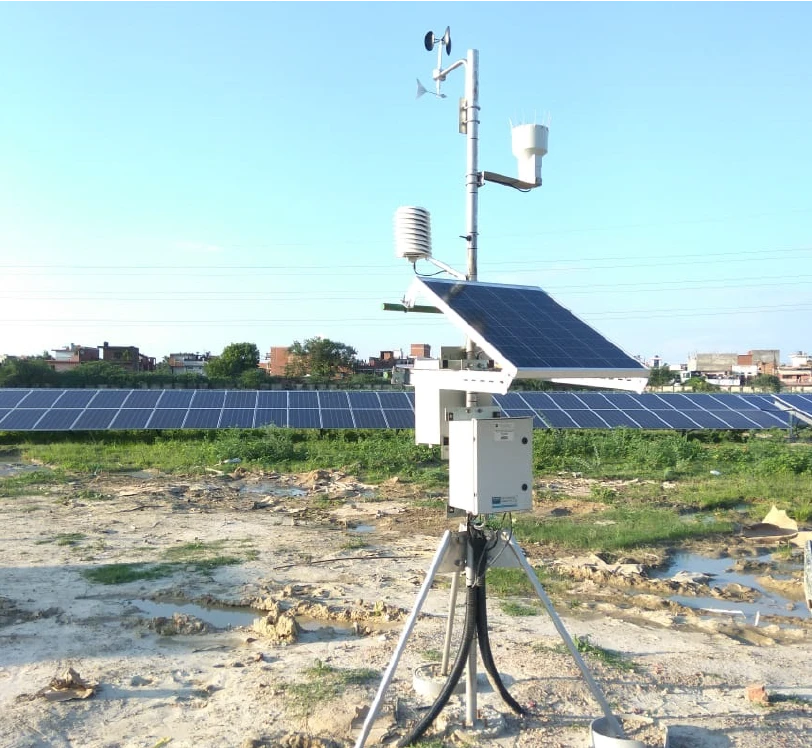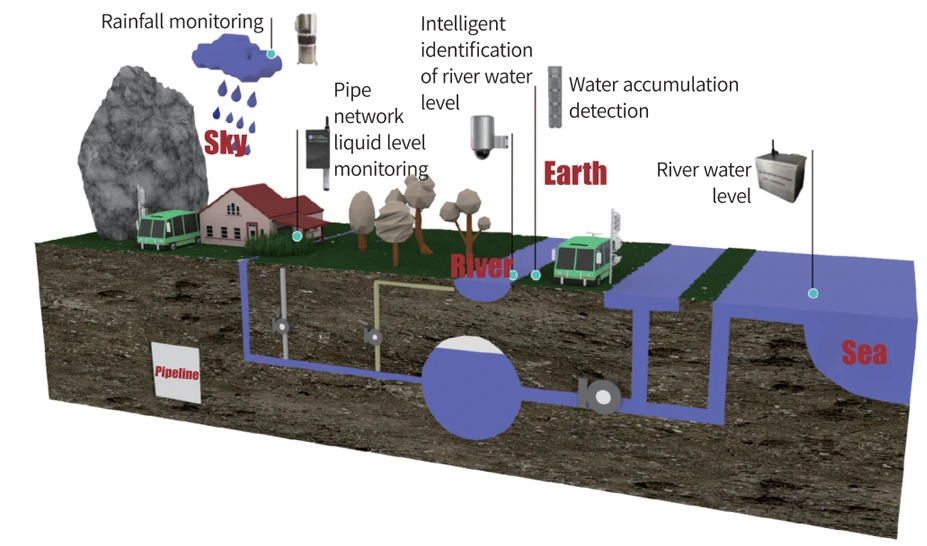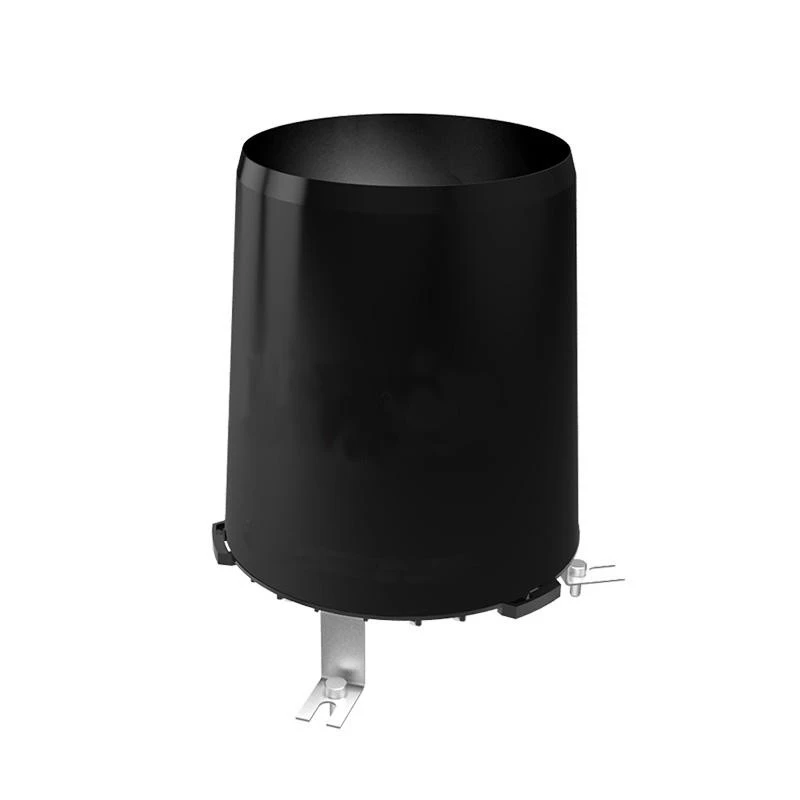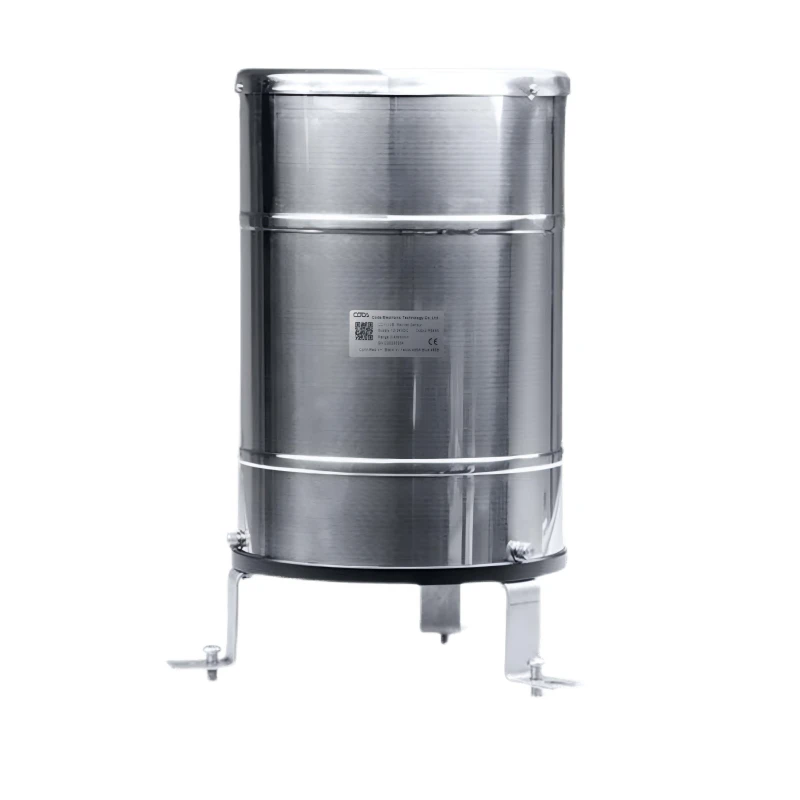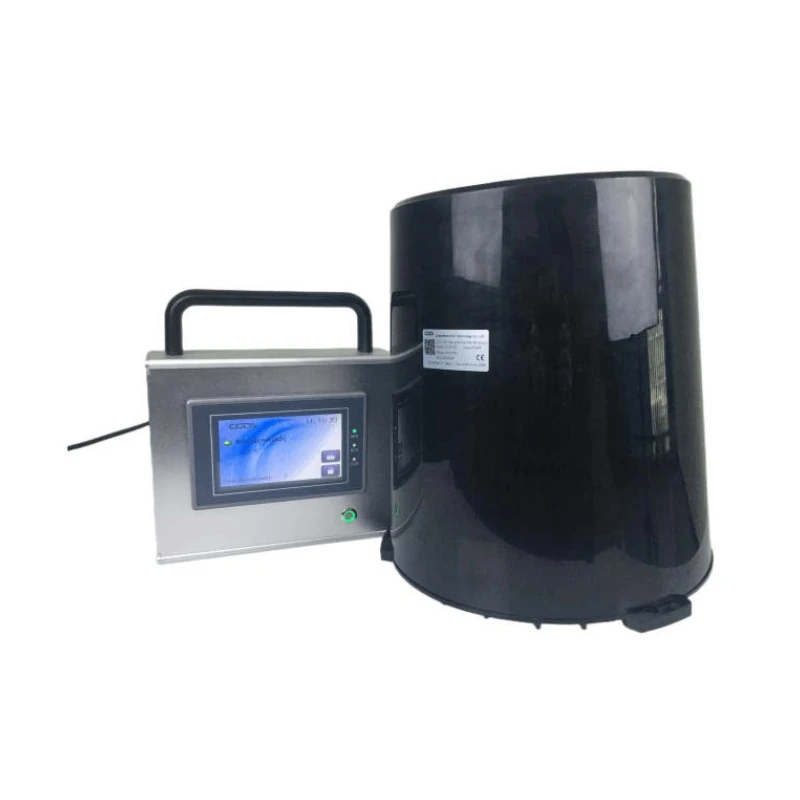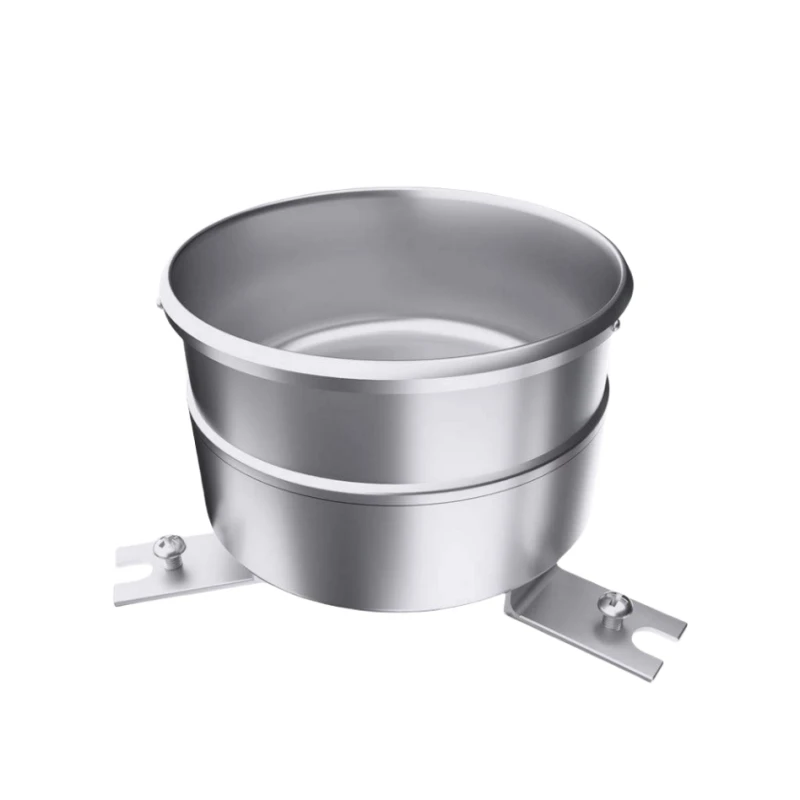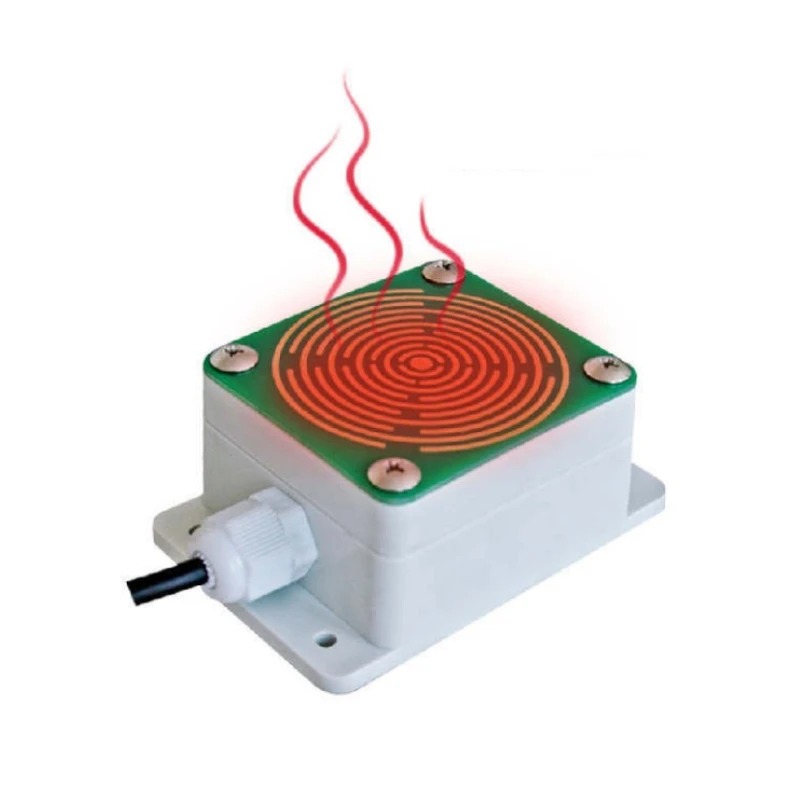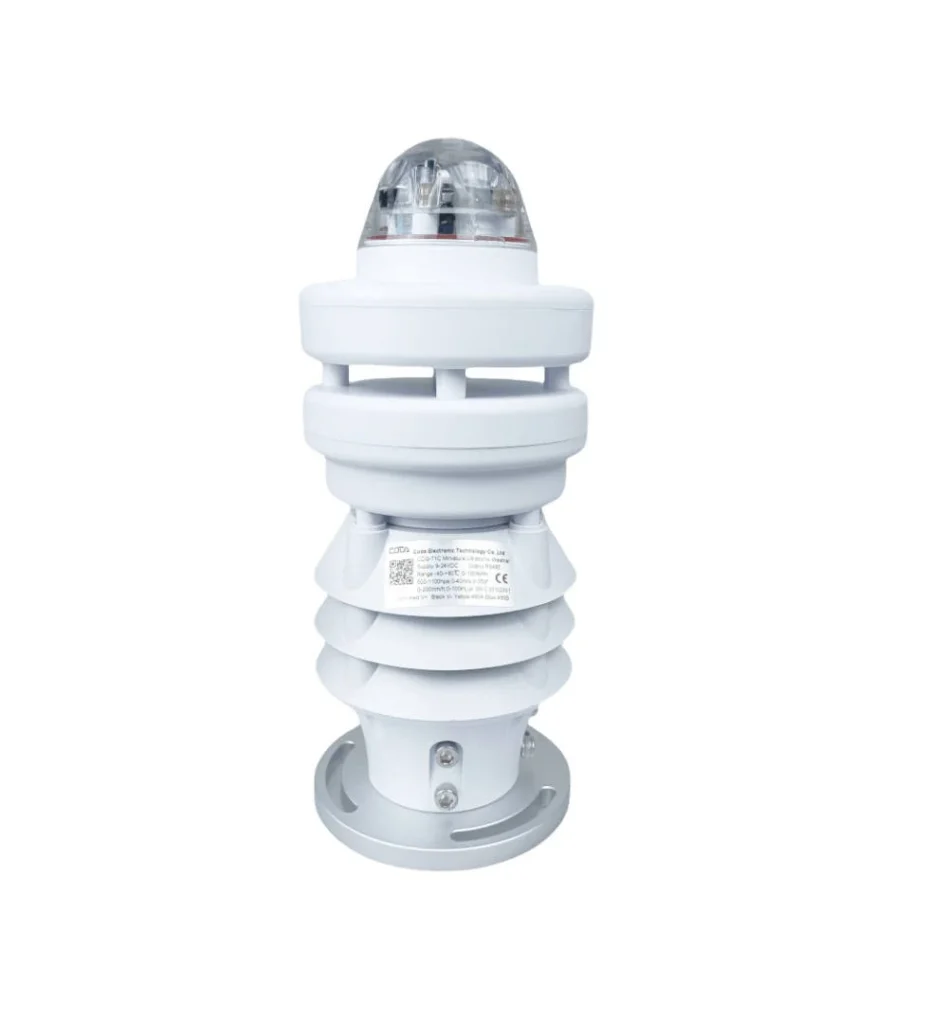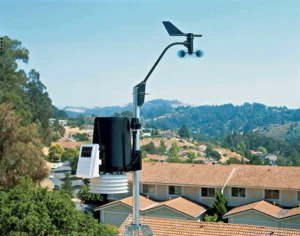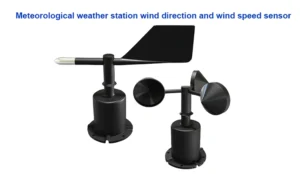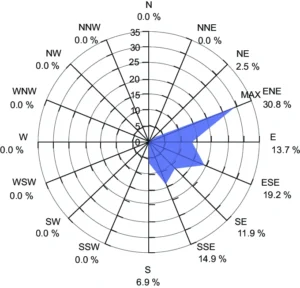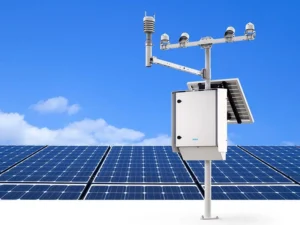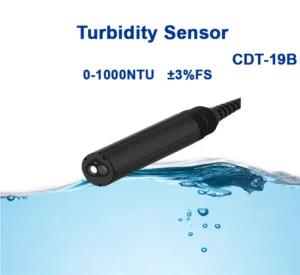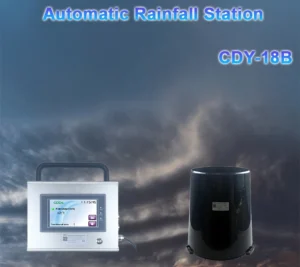An automated rain system for rain monitoring & rainfall detection
The automatic rain and snow monitoring system uses sensors to track rain and snow. A rain sensor measures how much it rains. It changes rainfall into a form of information that can be easily used. This helps to share, process, record, and show data for different needs.
Heavy rain is a type of severe weather. It can lead to flooding and soil erosion. This can cause serious harm to the economy. For example, it can break roads, harm banks, and flood crops.
This is a big problem in low-lying and remote areas. In these places, rainwater does not drain fast. This makes farmland too wet and the soil soggy. These conditions can lead to more geological dangers.
Weather services help us track and warn about dangerous weather events. The China Meteorological Administration held a special video meeting. They stressed the need for strong weather monitoring, forecasting, and early warning services.
They stressed the need for better real-time monitoring and analysis. It is also important to have short-term local forecasts and warnings for sudden severe weather. They backed using research to make business results better.
Rainfall Monitoring System
The rainfall detection system is a tool that collects rainfall data on its own. It records rain every minute. Then, it quickly sends this data to the recorder. This helps keep track of rainfall as it occurs.
Setting up an automated rainfall monitoring station can help stop and manage natural disasters. It can lessen the harm these events cause to people and their property.
The rainfall sensor measures rain. It turns rainfall data into a signal. This helps to share, process, record, and show information.
These monitoring stations track rainfall online all day, every day. They provide key information about places that might flood. They also send early warnings to keep people safe. This helps manage and stop floods.
The automatic weather monitoring system can measure rain, water levels, and flow rates. It works in rivers, lakes, tides, reservoir gates, and groundwater pipes, among other places.
automatic rainfall station
An automatic rainfall monitoring station is a device that records rainfall data on its own. It can act as a portable station that records on its own. We can also link it to a system that uses wired or wireless communication. We can set up a network of rainfall stations this way.
Use this technology in many fields, such as hydrology, water management, and meteorology.
Coda has done its own research and development. This has created an online system that works in real-time. It keeps track of water levels and rainfall. The system meets the needs for both weather and water level monitoring.
It also has video surveillance. It gives real-time data on water height, wind speed, wind direction, and more.
When water levels get too high or wind speeds are too strong, the system sends alerts to management. This ensures early and timely warnings.
This technology helps stop disasters and make plans. It helps save water, improve farming, and plan cities. It also helps with getting around and studying storms.
Types of rain
CDY-12A Economical Tipping Bucket Rainfall
The CDY-12A tipping bucket rain sensor measures how much it rains. This sensor turns rainfall into a number of pulses. It helps users send, process, record, and display data.
It is widely used in weather and water stations, farming, forestry, national defense, and field monitoring. Sensor also provides important data for managing floods in factories, water supply sprinkler systems, and reservoirs. The CDY-12A Economic tipping bucket rain sensor is another choice for similar uses.
CDY-10B Metal Economical Tipping Bucket Rainfall
The CDY-10B precipitation sensors measures rain and sends a signal. It has a net that keeps insects out. The sensor also has a built-in bubble level.
It is helpful in weather studies, water management, farming, forestry, and monitoring stations. When paired with a data logger, it can measure rainfall, its strength, and how long it lasts.
CDY-18B Automatic Rainfall Station
The CDY-18B automatic rainfall station measures and records rainfall data easily. It has a display screen that shows real-time rainfall information. It also shows the current time and date.
The station has a large memory chip. It can store weather data for at least one year. This helps analyze data with a connected data logger. The station uses CDY-10B or CDY-12A sensors to check rainfall.
CDY-14B Evaporation Sensor
The CDY-14B evaporation sensor uses a careful weighing method. It measures the weight of liquid in a dish. It measures evaporation loss by comparing the weight of the liquid before and after.
The dish is made from strong stainless steel. This material helps with accurate measurements and resists rust and wear.
This sensor works with automatic weather stations and special evaporation recorders. It is helpful for weather studies, farming, forestry, animal care, soil health, and irrigation systems planning. It also aids in moisture research.
CDY-11A Rain & Snow Sensor
The CDY-11A rain and snow sensor is designed to detect rain and snow. It has a special plate on its surface to detect rain.
You can choose to use a heating feature to melt snow and ice. This is useful in bad weather. When it detects reliable rain or snow, the sensor sends a signal. This allows for quick checks in various weather.
CDQ-T1C Automatic Integrated Weather Station
The CDQ-T1C ultrasonic weather instrument is a small, self-made weather station. It measures several weather factors. Use the method for detecting rain with optics.
It uses a low-energy chip that needs just 1.7 watts. This makes it great for solar or battery power. Smart design methods help keep things small.
Conclusion
Coda Technology aims to improve weather research and find new uses in this area. The company will continue to make weather forecasts more accurate. They also want to help various industries use smart weather technology.
With new technology, future cities will use smart solutions. Coda Technology will look into smart weather apps. These apps will help build smart cities by providing complete weather services.
The goal is to make city planning better. We want to help build smart cities that are sustainable and of high quality.
